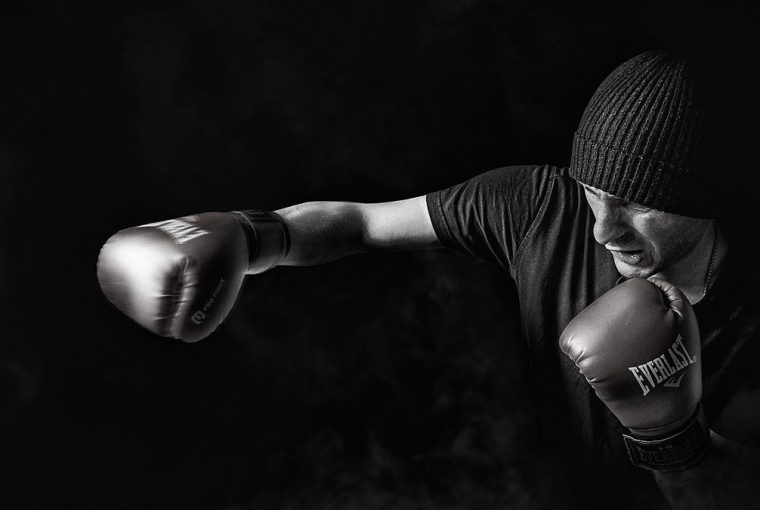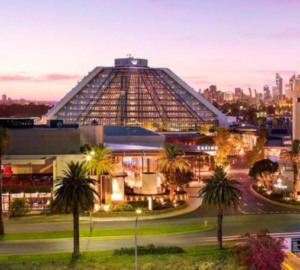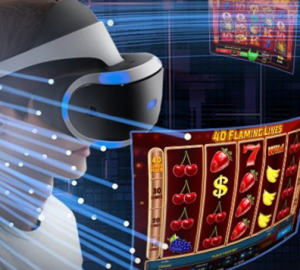The Mafia, an organized crime syndicate with deep historical roots, became synonymous with power and fear in the 20th century. This power was not just a product of their illegal activities, but also a result of their strategic employment of physical strength.
The ability to use force effectively was a key component in establishing and maintaining their dominance. This article explores the multifaceted ways in which physical power, both in literal and metaphorical senses, underpinned the Mafia’s control over territories, businesses, and even politics, setting the stage for their enduring influence.
Enforcement Through Physical Might
- The Role of Enforcers and Muscle Men: Enforcers within the Mafia were not just mere foot soldiers; they were carefully selected individuals known for their loyalty and capacity for violence. Their role extended beyond simple acts of aggression; they were instrumental in debt collection, protection rackets, and enforcing the Mafia’s code of silence, Omertà.
- Psychological Impact of Physical Intimidation: The psychological aspect of physical power cannot be overstated. The Mafia’s reputation for violence preceded them, creating an aura of fear that was often enough to secure compliance. This fear was a tool, wielded with precision to manipulate not only victims and rivals but also to maintain control within their ranks.
Strategic Use of Violence
- Calculated Acts of Aggression: Violence in the Mafia was not a mere outcome of anger or personal vendettas; it was a carefully orchestrated tool. Each act of violence served a purpose – from consolidating power, eliminating threats, to sending messages to rivals or even the law enforcement. This strategic approach to violence ensured that each act served a larger purpose in the Mafia’s grand scheme.
- Maintaining a Balance of Fear and Respect: In the world of organized crime, respect is as crucial as fear. The Mafia’s leaders knew that to maintain their power, they needed the local communities on their side. Thus, while they employed violence, they also engaged in acts of ‘generosity’ – such as providing for the poor or resolving disputes – to maintain a complex relationship with the public.
Physical Fitness and Training
- Preparation for Physical Confrontations: In a world where disputes could quickly turn violent, being physically prepared was not just beneficial, it was a necessity. Mafia members often engaged in regular physical training, which included boxing, martial arts, and firearms training, to ensure they were always ready for any physical confrontations.
- Emphasis on Physical Presence: The physical presence of a Mafia member had to command respect and instill fear. This was not just about being physically fit; it was about carrying oneself in a way that exuded confidence and power. The way a Mafia member presented themselves physically was a crucial part of their identity and influence. For those interested in the modern approach to physical enhancement, the News Observer has an insightful article on the best legal steroids in 2024, offering a legitimate perspective on contemporary fitness trends.
Bullet List: Key Components of Mafia’s Physical Power Strategy
- Use of enforcers for discipline and intimidation
- Psychological warfare through the threat of violence
- Strategic, calculated acts of aggression
- Balancing fear and respect within the community
- Physical training for combat readiness
- Cultivating a physically imposing presence as a sign of power
Impact on Rival Groups and Law Enforcement
- Dominance Over Rival Organizations: The Mafia’s ability to exert physical power was not just a tool for internal control but also a means of establishing superiority over rival groups. This dominance was often asserted through violent clashes, territorial wars, and strategic alliances, all underpinned by the threat or use of physical force.
- Intimidation of Law Enforcement and Witnesses: The Mafia’s relationship with law enforcement was complex and multifaceted. Beyond outright violence, the threat of physical harm to law enforcement officers and witnesses was a key strategy in undermining legal efforts against them. This created a pervasive culture of silence, making it exceedingly difficult for the authorities to effectively combat their activities.
Conclusion
In conclusion, the Mafia’s reliance on physical power was a cornerstone of their strategy to gain and maintain control. This physical might, manifested through violence, intimidation, and an imposing presence, was intricately woven into their operations.
The impact of this approach was profound, influencing not just their immediate targets but also shaping the broader societal perceptions of the Mafia. Understanding the role of physical power in the Mafia’s dominance provides a nuanced perspective of their operations and legacy in the annals of organized crime.
- Online casino’s safeguards against crime - January 8, 2025
- The Best Slot Games For Low-Budget Play - December 14, 2024
- From Mob Mentality to Digital Thrills - December 10, 2024








